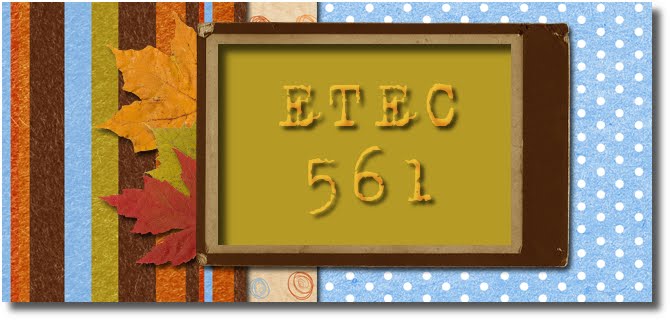Flashlight Triad Model
The Flashlight Model has five steps for evaluation of using technology in instruction.
- Overview and Confronting the Blob—This is basically the brainstorming session where you write down all aspects of the lesson, unit, semester, etc (depending on what your focus of evaluation is). It is best to work with other who have taught or are familiar with your curriculum.
- From Blob to Issue—Here you are to consider the “purpose of the evaluation.” What information do you really want feedback on? Ask yourself the following questions:
- What are the three most crucial things you fear might happen as a result of using the technology?
- What are the three most crucial things you hope will occur?
- From your answers, decide on the two most important issues to study and forget about the rest.
- From Issue to Triad—For each issue selected in #2, complete a triad. Each triad should include the technology you might employ (T), the activity the technology enables (A), and the outcome you expect (O). Here is an example below:
- From Triad to Data—This is where you generate questions based on your triads. The questions can be used in surveys, interviews, focus groups, etc. There are usually five types of questions: technology, interaction of technology and activity, activity, interaction of activity and outcomes, and outcomes.
- From Data to Next Steps—You can now make final decisions about your lesson, unit, etc from your evaluation data.
I would use the Flashlight Model to evaluate a lesson where I use technology to teach an objective, for example, if I used Google Docs to have students peer edit one another’s essays. After completing steps #1 and #2, I would focus on the issue, “Did students feel they received adequate feedback by peer editing on Google Docs?” My triad would be:
T—online collaborative editing tool (Google Docs)
A—peer editing one another’s essays
O—high student interest, appropriate feedback to improve writing
I would then develop questions for a survey like:
ü Did you feel the complexity of learning the program overshadowed the task?
ü Would you prefer this method to editing with pen and paper?
ü Did Google Docs let you effectively peer edit?
ü Did you feel you had adequate instruction on how to peer edit the essay?
ü Do you feel you got adequate feedback from your peers to help you improve your essay?
Based on my students responses I would know if Google Docs was worth using to peer edit or if my instructions need to be revised to make it successful.
The IDEA Model
The IDEA model focuses on how teaching impacts students and how the instructors’ behaviors influence students. The IDEA model is created around the objectives the instructor has set out for the course. It is mainly used as an evaluative tool for the end of the course or term. Students fill out surveys and specific reports are returned to the instructor for evaluation. Students are asked questions about:
ü Their progress on specific course objective
ü The teacher’s instructional behaviors (lecture, discussion, exams, etc.)
ü The instructor’s classroom behavior and how students are affected by such behavior
The IDEA center helps instructors create the student surveys. They then return the results back to the instructor for evaluation. Several colleges use this method for evaluating professors.
My Instruction
I would use the IDEA model as an end of the six weeks or semester evaluation. I would focus the survey more as general feedback on my instructional methods as opposed to asking students about specific objectives learned in class. For example, I would ask questions about my discipline procedures, instructions, grading, helpfulness, etc. This would give me an idea of the large picture and what I need to change to make my classroom more successful.


No comments:
Post a Comment